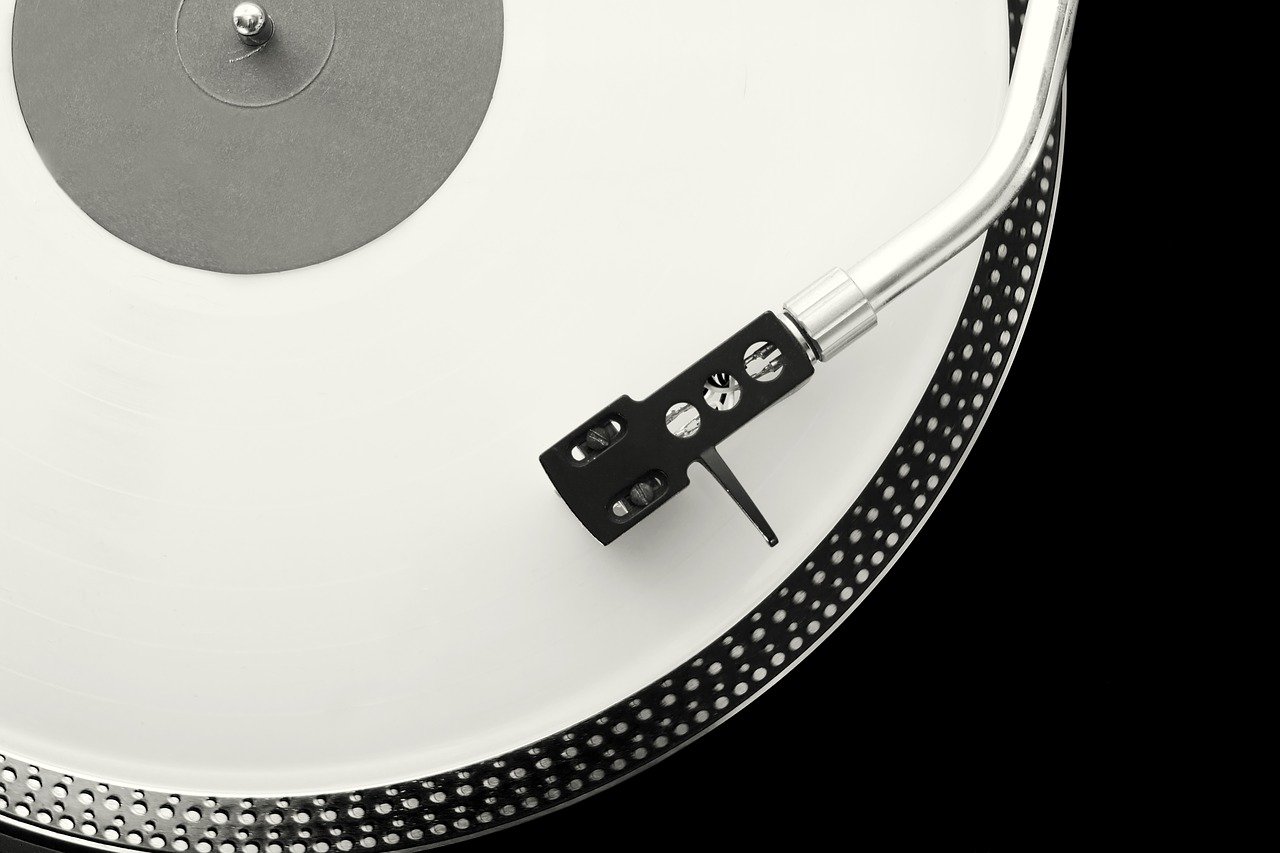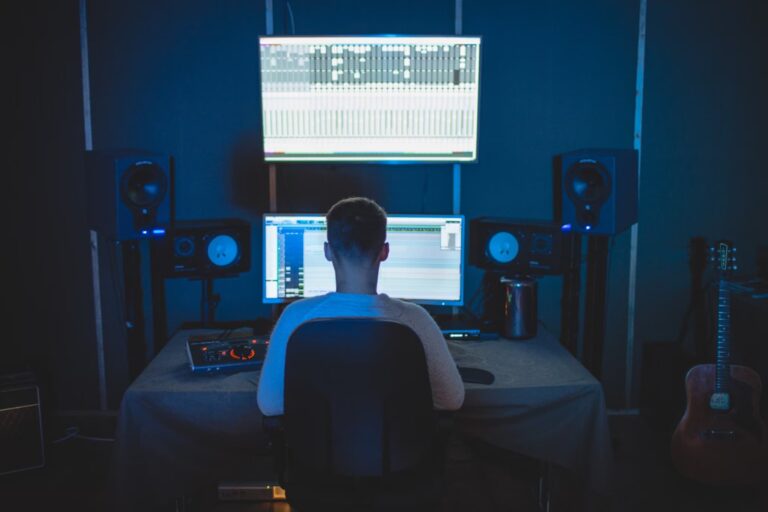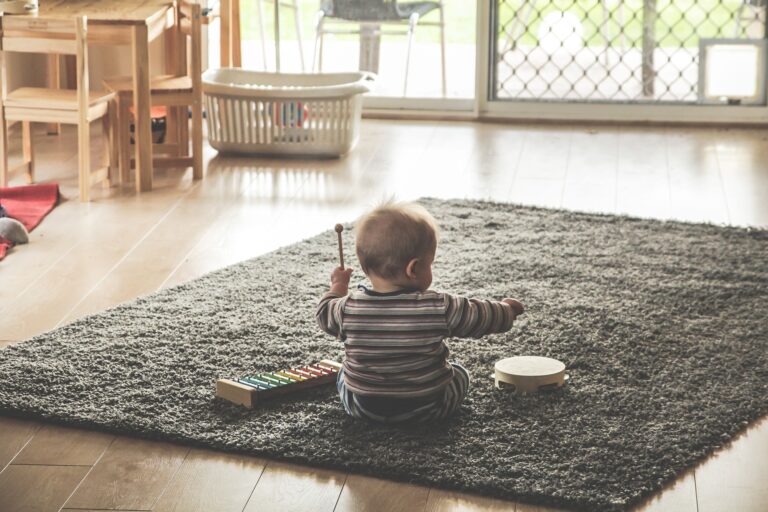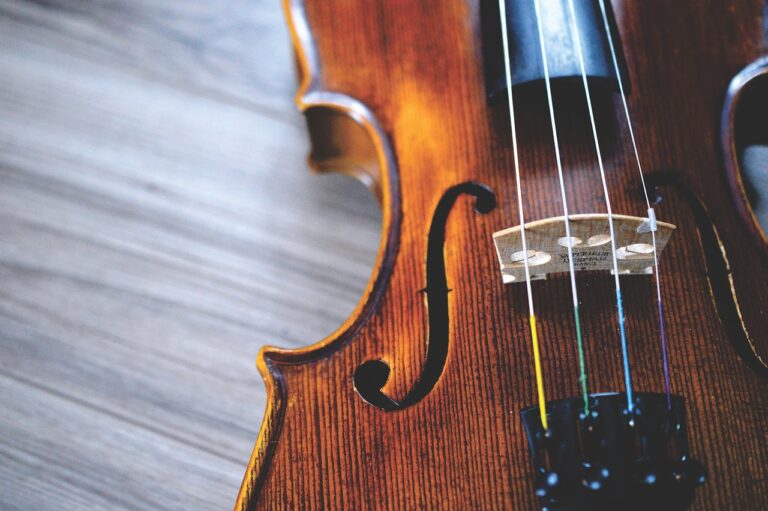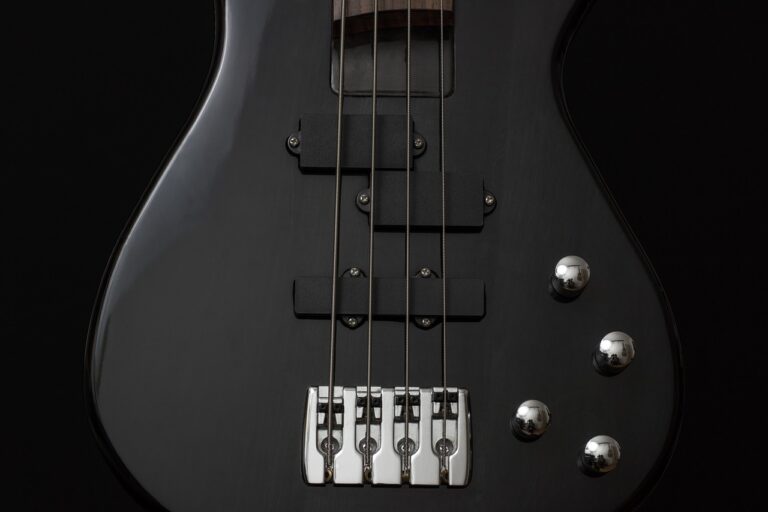The first thing we have to do is to define the very notion of arranging.
If we open an encyclopedia, we see the following definition: Arranging is the art of preparing and adapting a musical work to present it in a form other than the original.
It is a stretch to call this definition correct, if only for the simple reason that many musicians today arrange a piece of music while creating it, so adaptation is out of the question.
As musicians, it’s important for you to identify the main features of arranging and use them to formulate the right definition to help you learn arranging.
What is most important here?
One might say that the first task an arranger performs is to translate a musical idea from the tangible into the intangible, to create the flesh of the music, its texture. Here we are talking about creating instrument parts, choosing timbres, matching them, etc. Of course, there is already a certain minimum when working with an arrangement. For example, a melody with chords. But in any case, in the process of work, the arranger rethinks the musical material with the help of instruments, such as composition or instrumentation, and expresses his attitude towards this material.
The second stage is the composition of new elements and reworking of existing ones. That is, in this case, the arranger is also a composer.
The third. This is the embodiment of the chosen texture in a certain composition of the instruments, which can be designated by the definition of instrumentation or orchestration. Thus, we can formulate the concept of arranging as follows: It is the process of reinterpreting a musical work created earlier or developing a musical idea in real time, during which almost all the basic elements of music can be changed.
Arranging should be distinguished from instrumentation, which is the arrangement of a work from one set of instruments for another, such as a piano part for an ensemble, and orchestration, which we can define as the art of selecting timbres and writing parts for the instruments of the selected composition, originally for an orchestra (hence the very concept of orchestration), and today for any composition.
Arranging as part of the art of music can be said to be the ability to influence the listener’s perception with the help of the musical fabric, form and the manipulation of timbres.
In essence, arranging is building a house from blueprints. For example, you are given general instructions: you have to build 5 floors, 7 entrances and occupy some area, the rest is your choice how you realize this idea. If we give ten architects one project, we will get ten different results. We can say the same thing about arranging.
Describing the process of arranging linearly, you can think of it as starting with the composition and ending with the creation of the parts for the instruments. In between these two points are many processes in between.
In an arrangement, it is very common for significant modifications to take place. Consider the most relevant processes that can happen to a composition during an arrangement:
- changes in stylistics,
- changes in the composition of instruments,
- overharmonization and the addition of chords,
- extension or shortening of melodies,
- the addition of counterpoint,
- changing and adding form.
It should also be said that the number of instruments one chooses for arranging has no bearing on the simplicity or complexity of the process itself.
Very often, beginner arrangers think that if they use few instruments, the arrangement will be simple, because, in their opinion, the complication is achieved by imposing a large number of instrumental layers. However, few instruments does not mean complicated orchestrations, and vice versa.
Two approaches to arranging can be distinguished:
- arranging someone else’s music,
- Arranging one’s own music.
The first option gives the arranger quite a few conditions and restrictions to adhere to. It can be compared to painting a picture. The composer creates the general outline, and the arranger fills it in with colors and gives it unambiguous outlines.
With the second approach, two options are possible:
- composing first, and then arranging
- Creating an arrangement while composing the music
This approach can create the risk that you won’t be able to evaluate your music objectively because the arrangement will override its artistic value. That’s why it’s often recommended that you start writing with transparent, naked music, that is, music that’s literally written down in notes for one or two instruments only. That way you can assess its artistic value and not overlap the elements that are most important with the arrangement, but only emphasize them.
When working on any arrangement, we have both changeable and unchangeable parameters. For example, elements such as melody, harmony, rhythm, and form can vary depending on stylistic and artistic goals.
If we compare a song to an empty room, we can say that the arranger’s task is to furnish this room competently, comfortably and beautifully with furniture, add pictures, various fittings so that the room would be individual and reflect the inner world of the person who lives in it.
Let us outline the tasks of the arranger:
- selecting a composition,
- creating the parts for this composition,
- working with the musical form,
- building balance, working with vertical and horizontal,
- work with timbres.
In addition, we need to clarify what knowledge is necessary for the arranger.
Although arranging is a rational process, the first thing I will highlight is talent. Without musical talent, all knowledge would be meaningless. 50% of any creative activity is talent, and the other 50% is knowledge.
An arranger, like any musician, must:
- have a well-developed inner ear,
- a knowledge of instrumentation,
- elements of arranging techniques,
- the basics of musical composition and form,
- the specifics of the styles that appear in pattern patterns,
- know the typical texture, or rather all kinds of texture used in modern arrangements.
- And of course to know polyphony, the basics of counterpoint. The kind of polyphony that allows you, for example, to combine the bass line and the vocal line. Strange as it may seem, but there are certain laws of counterpoint in combining these lines, knowledge of which only increases the chance of creating a balanced, competent and creative arrangement.
Patterns vs. creativity
Any arranger faces two approaches in his or her work:
- The template approach, which uses predetermined patterns, either for individual instruments or for entire groups of instruments. It can be compared to playing a synthesizer with auto accompaniment, where all you have to do is hit two or three notes to indicate the chords, and the patterns already recorded by the arranger dress them up in a certain texture. Many arrangers work the same way, creating arrangements in the sequencer or for certain instrument compositions. They choose a ready-made template or create one from scratch and then fit it into a certain harmony. Undoubtedly, this approach is quite good when you need to create an arrangement quickly, when there is no time or opportunity to show some creativity. However, this approach has a lot of disadvantages, as it creates a template and predictable sound similar to “self-playing”
- The creative approach, when there are no predetermined patterns, when everything is almost always changing, and only the simplest elements like rhythmic patterns, size or repeating progressions can create the basis. To understand what creativity is, listen to bands like King Crimson, Yes, and Dream Theater, for example, then you can easily tell the difference between creative and formulaic.
So, in this lesson we discussed a lot of theoretical information that you need to keep in your head in order to approach the creation of an arrangement systematically, qualitatively, and so that you would not have any questions for the realization of your artistic tasks.
